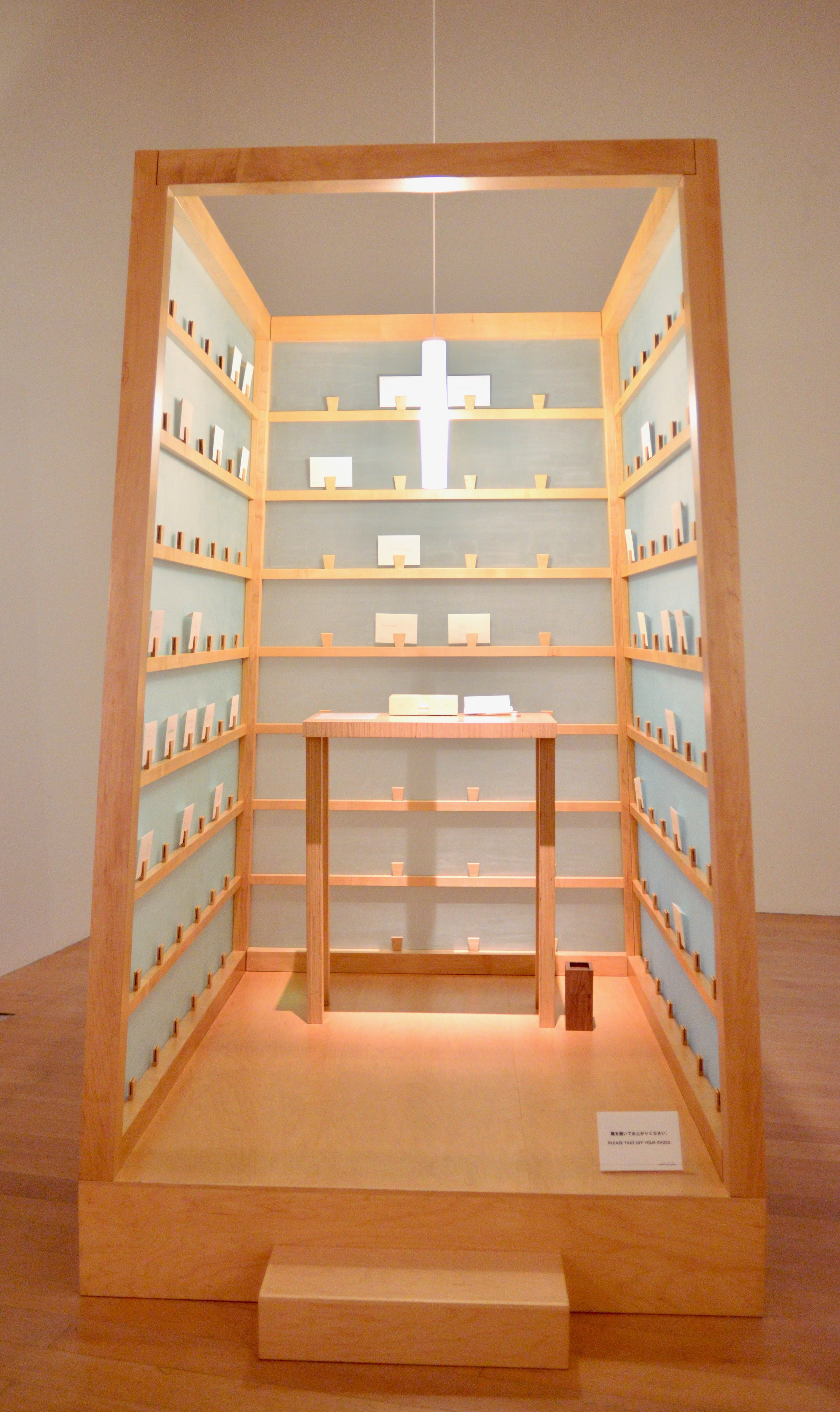The Art of Lee Ming Wei - Part 2: The Letter Writing Project

Welcome back to Part Two: The Art of Lee Ming Wei.
Lee Ming Wei an artist I've come across several times through my travels around the world. In this exhibition, Lee Ming Wei built three booths for participants to leave letters containing unexpressed words to their loved ones. Each booth is reminiscent of shojī screen framed room.
How many of you write postcards or letters when you travel? Vacations are really the only time where I have the luxury to write more than just a note. Digital messages lack the permanence or import of a handwritten letter. It used to be the only way for me to share my experience with my friends and family. (This is also one of the reasons why I am doing this blog). It's funny. Of the wide range of mediums I can chose to share with, there is something special about a handwritten letter.
Here are Lee Ming Wei own words about the Letter Writing Project.
"When my maternal grandmother passed away, I still had many things to say to her but it was too late. For the next year, I wrote many letters to her, as if she were still alive, in order to share my thoughts and feelings with her. For The Letter-Writing Project, I invited visitors to write the letters they had always meant to but never taken time for. Each of three writing booths, constructed of wood and translucent glass, contained a desk and writing materials. Visitors could enter one of the three booths and write a letter to a deceased or otherwise absent loved one, offering previously unexpressed gratitude, forgiveness or apology. They could then seal and address their letters (for posting by the museum) or leave them unsealed in one of the slots on the wall of the booth, where later visitors could read them. Many later visitors come to realize, through reading the letters of others that they too carried unexpressed feelings that they would feel relieved to write down and perhaps share. In this way, a chain of feeling was created, reminding visitors of the larger world of emotions in which we all participate. In the end, it was the spirit of the writer that was comforted, whether the letter was ever read by the intended recipient or others."
Most of the letters left were unsealed. So I took the opportunity to read some of the notes left by others. I half-expected snarky notes or "Gordon wuz here." Many were not notes, they were lengthy confessionals. I was stunned at the degree of pain and regret some letters contained. I only hope the process was cathartic for the writer. I left the exhibit feeling embarrassed by my presumption.
There is something powerful about Lee's artwork. It has a way of making the participant be introspective and feel in unexpected ways.
Kent is a management consultant who has spent years traveling for work. His refuge is looking for the perfect meal so that he can reproduce it at home with his wife and friends.






